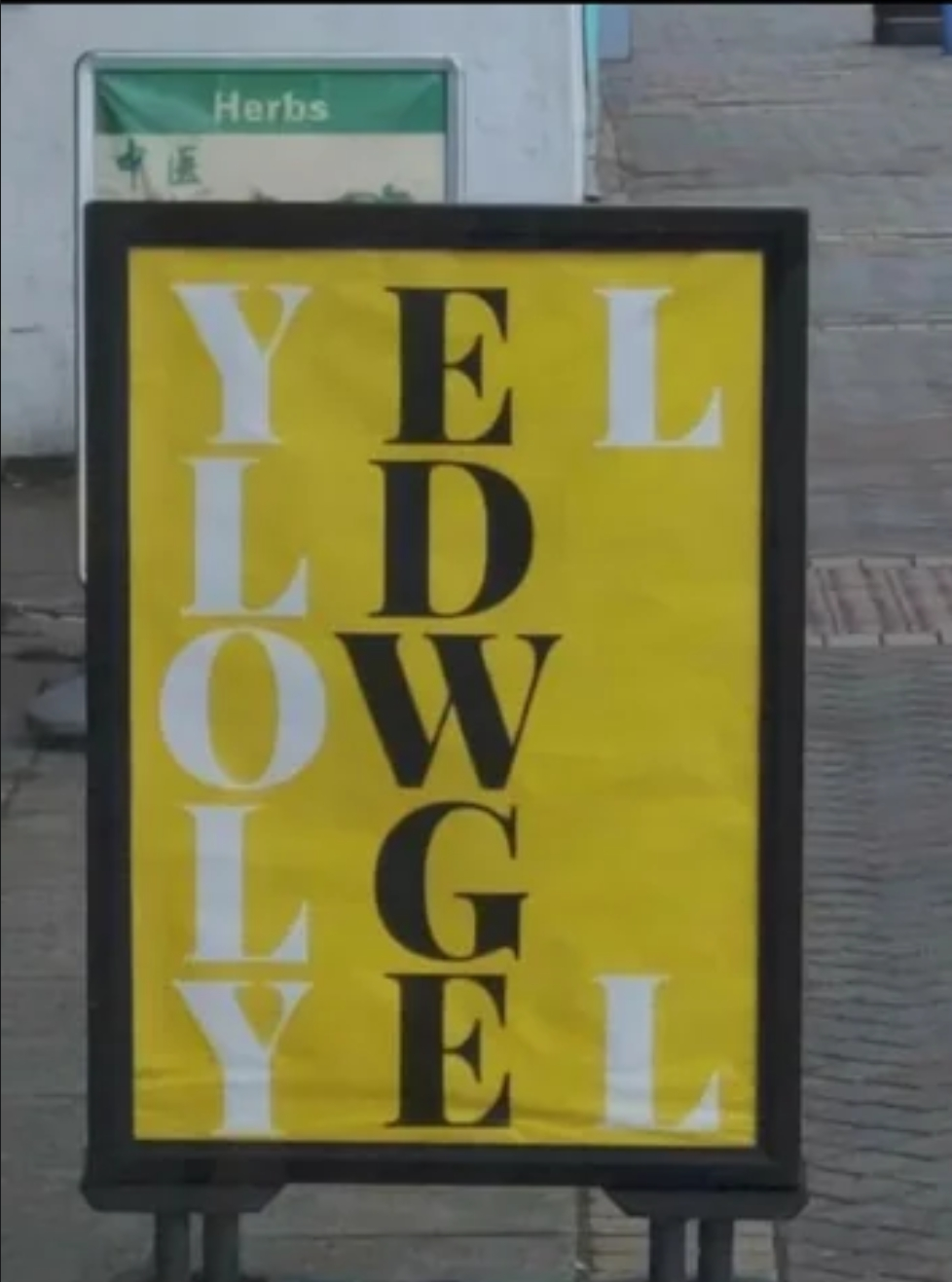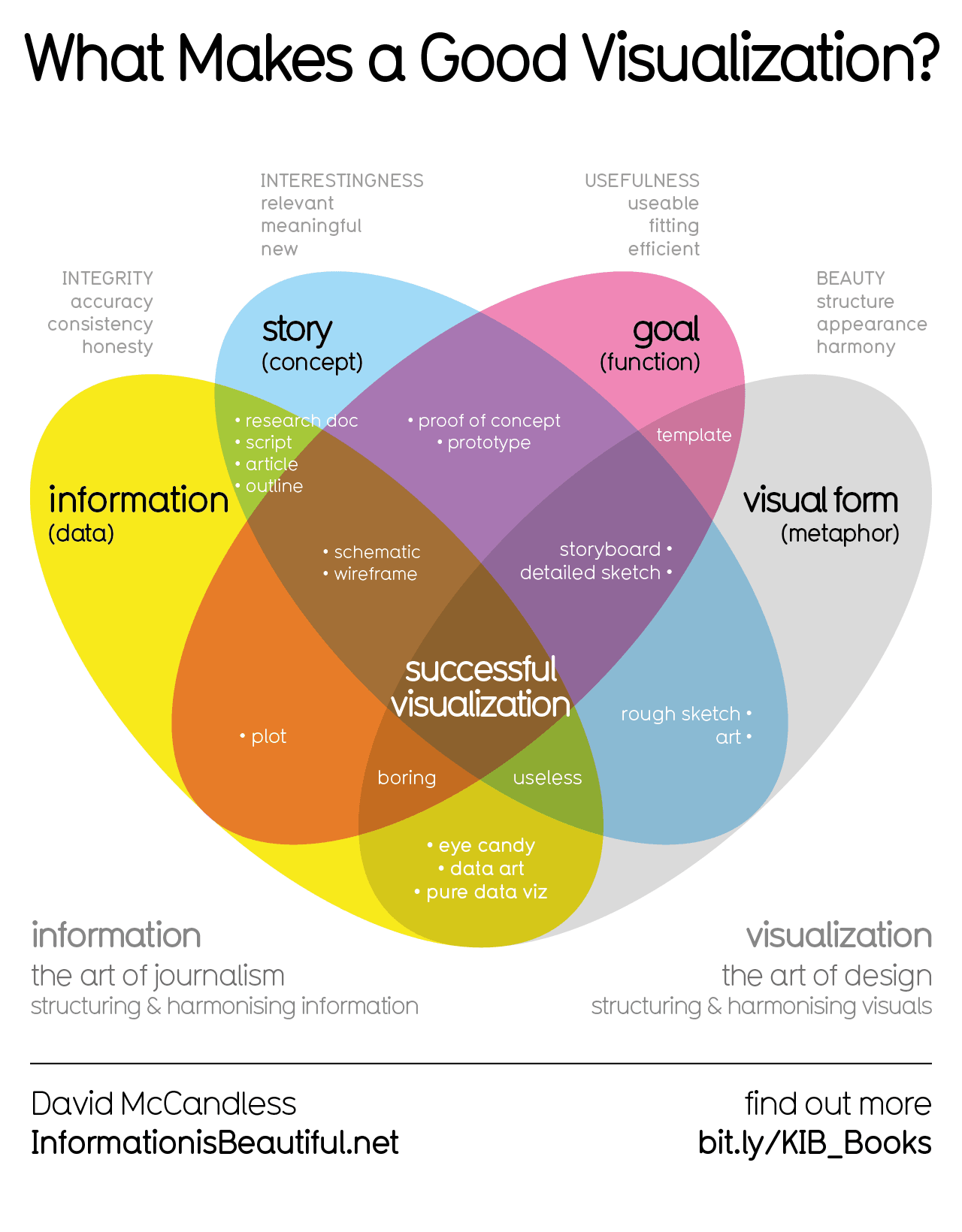

Unlikely. Batteries are still incredibly expensive, also heavy and a consumable item (need to be regularly replaced). Overhead wires don’t work for 1 train, but for all of them. They are also a mostly permanent installation with comparatively cheap maintenance (they are just steel+paint for the most part).
It’s surely fine for a fringe route, where a train or two runs, and that would need electrification for a lot of track. So I’d assume there’s a break even point somewhere.














I can only assume that is the main reason for this change. Pitty.